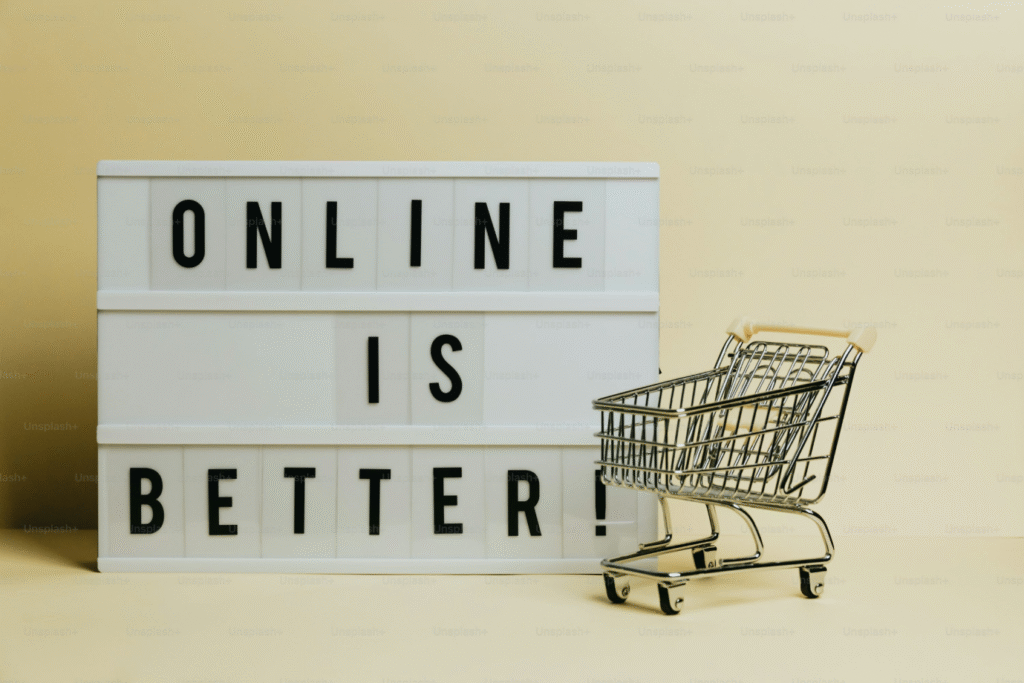
Shopify makes it fast and straightforward to launch an online store: themes, apps, and a managed backend remove many technical hurdles so merchants can focus on products. But visibility doesn’t come automatically. Organic search traffic is still one of the most reliable, cost-effective ways to bring buyers to product pages, and good Shopify SEO turns those visits into sustainable sales by improving discoverability, click-through rates, and conversion opportunities over time.

Understanding Shopify SEO Basics: Key differences and areas for optimization
SEO principles are the same for any site: clean URL structures, crawlable structures, and meaningful content. However, Shopify has its peculiarities, including Liquid templates, unique product/collection URL structures, built-in canonical rules, and apps that could inject scripts or alter metadata.
This will address the main on-site areas: product pages (distinct descriptions, titles, schema), collection pages (focused intent grouping), technical health (speed and mobile), and content that corresponds with buyer intent (guides, how-tos, and FAQs).
Common SEO Challenges Shopify Store Owners Face
Duplicating or accounting for thin pages when applying product variant or filter parameter specifications becomes a roadblock faced by many Shopify stores in scaling. Heavy themes and multiple types of installations slow down loading times and degrade Core Web Vitals.
Turning to structured data, it could be suggested that products with rich snippets (i.e., price, availability, and ratings) are the ones to attract clicks. In this case, also, the issues are more with themes or apps overriding the metadata in situations that obstruct consistent optimization. This course of action requires a template fix, app auditing, and content cleanup.
Key Shopify SEO Strategies for Better Rankings
The manufacturers’ descriptions must be replaced with clear buyer-focused copy that answers the main questions customers will have (material, sizing, shipping, returns).
- Title tags and meta descriptions for clicks: Write brief titles with the product name and one differentiator; write meta descriptions that offer a preview of value and include a call to action.
- Canonicalization: Checking that any variant URLs are appropriately set to the primary product page while ensuring the canonical tags are correct on any filtered or pagination collection views.
- Image optimization: Serve images appropriate to size, preferably with a modern image format, compress reasonably to maintain clarity, and provide good descriptive alt text.
- Product schema: Implement product structured data (price, availability, SKU, reviews) for search engines to surface rich snippets.
- Collection architecture: Build collections around intent (e.g., “waterproof hiking boots” and not simply “boots”), and then use internal linking to guide users to best sellers and related content.
- Site speed health: Audit apps and scripts, off-screen lazy-load images, and favor fast, minimal themes to improve LCP and overall experience.
- URL health and redirects: Ensure URL paths are short, readable, and stable; for re-organized products, implement 301s to save link equity.

Advanced Tactics to Elevate Your Shopify SEO Game
- Content Hubs & Buyer Guides: Long-form buying guides and how-to articles that capture long-tail queries and funnel authority to product pages.
- Backlink & PR programs: Link this way via products. Roundups, partnerships, or niche publications assist domain authority creation for competitive categories.
- Merchant feeds & Shopping Integration: Keep all feeds within Merchant Center accurate and in sync for corresponding warehousing/shopping listings and organic search results.
- Faceted navigation strategy: “Noindex any low-value filter combinations and canonicalize where filters don’t generate unique content to protect crawl budget.”
- App/script audit cadence: Quarterly audits to dedupe unused apps and third-party scripts adding render-blocking resources.
- A/B test titles/meta at scale: Perform controlled experimentation on several titles and meta descriptions to identify combinations improving CTR and conversion.
- Schema beyond products: Add FAQ, BreadcrumbList, and Organization where possible to increase rich result eligibility.
- Localized SEO: Create location or language-specific landing pages for stores servicing multiple regions so that localized content and hreflang are included where necessary.

Measuring Success and Continuous Optimization
SEO does not end with the last touch. Use the Search Console to measure impressions, clicks, and coverage issues paired with your analytics package to tie organic traffic back to revenues and conversion paths. Monitor ranking fluctuations for priority product pages and pay attention to what content updates or technical fixes lead to gainable results.
Audit the Core Web Vitals and mobile performance once in a while. It might just be the case where even minor improvements in the parameters of LCP or CLS increase your conversions. Treat seasonal items and product pages as live assets, refresh copy, update schema, and link outreach around peak times.

Conclusion
Shopify offers you a launchpad for sales. SEO helps you attract customers and choose your products. Product pages directed to your buyers are a good starting point, technical issues like duplicate content and speed need fixing, and structured data will mean your listings look better in search.
Add content, outreach, and measurement to grow those wins into solid income. If you are looking for a prioritized, hands-on Shopify SEO audit and a practical implementation checklist custom-made for your catalog, then First97Days is happy to create this and show the first fixes that will move the needle.

